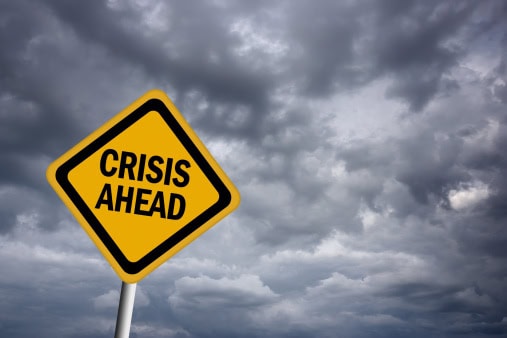
Covid-19 saw 75% of businesses experience some level of supply chain disruption. Not only is this bad for the business itself, but it’s bad for the consuming public. Supply chain disruptions result in product shortages, inflation, and just plain inconveniences for people who don’t know how and when they are going to be able to restock on essentials.
Though Covid-19 is still around and disruptive, the world has changed since it first reared its ugly head. Commerce has recovered considerably, and supply chain disruptions are more manageable, for the simple fact that most businesses have encountered them, and prepared strategies to handle them in the future.
In this article, we take a look at how your business’s supply chains can be better prepared for future crisis situations.
Supply Chain Management
Supply chain management is the process of overseeing the vast network of factors that contribute to the production of goods. This includes everything from the harvesting of raw materials to production, to transportation.
Globalization has done a lot to make product development quicker and more affordable. From a supply chain perspective, however, it has also made things considerably more complicated. Become of the global supply chain, an earthquake in China can have a massive impact on what is on the shelves of a grocery store in rural America.
Supply chain management means accounting for these factors and seeing that they run smoothly. It’s a big task to be sure, but one that has become more accessible thanks to modern technology.
Reshoring Supply Chains
For some businesses, the solution to the vast and complicated web of the globalized supply chain has been to “reshore”. In other words, keep product production as domestic as possible to avoid some of the complications that arise from international business.
During the height of the pandemic, this strategy was particularly important for businesses that were manufacturing and distributing products like medical equipment that were considered vital.
By keeping the supply chain as domestic as possible, businesses were able to reduce some of the variables that might cause disruption. While this strategy may work for some businesses, it is not without its flaws.
“Reshored” supply chains may be pricier than their globalized alternatives. This increases costs both for businesses, and the consumer.
Reshoring also does not completely reduce the risk of disruption. While it might allow supply chains to continue undisrupted in the event of an international crisis, it, of course, is still vulnerable to domestic issues.
Moving Towards a Resilient Supply Chain Strategy
Data and predictive analytics are one way to ensure a resilient supply chain. Modern AI and data implementation allow businesses to anticipate disruptions in a way that is not possible by manual analysis.
This, coupled with a strategy that prioritizes supply chain resiliency can go a long way towards minimizing the risk of future disruptions.
By quickly recognizing disruption, businesses can pivot rapidly into alternatives that mitigate damage. Heightened detection, coupled with protective measures such as emergency stockpiles and “near-shored” production line alternatives give businesses the recourses they need to pivot rapidly into solutions that minimize or even eliminate disruption.
You may be interested in: Building and maintaining resilient applications: the how-to guide

